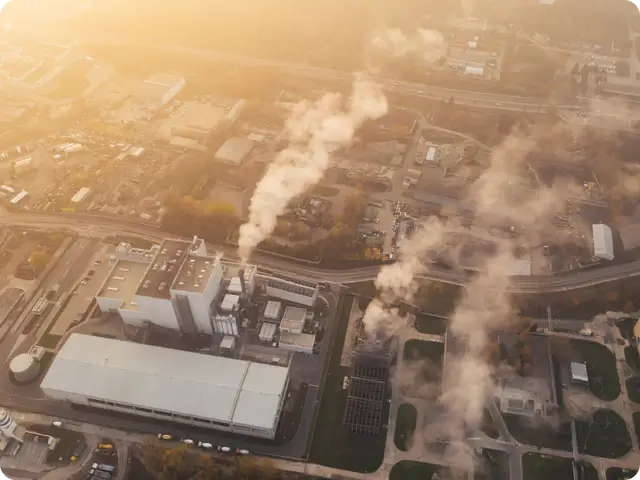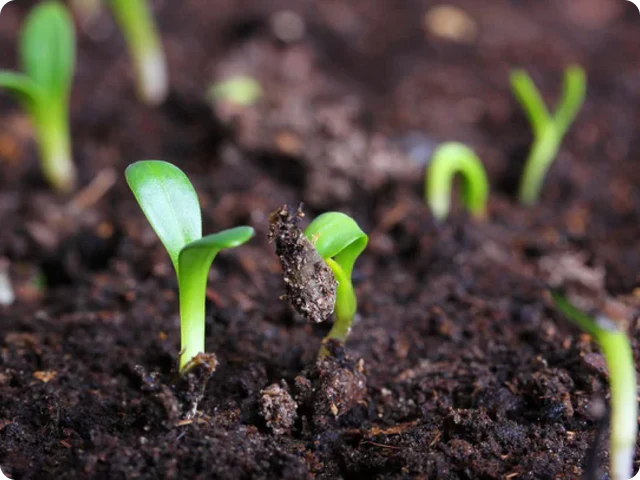As farmers, we understand the immense pressure that comes with upcoming regulations like the Nitrates Directive, set to take effect in January 2024. Many of us have already taken significant steps, such as adopting multi-species sward, stitching clover, and implementing low emission slurry spreading techniques. Yet, many of us find ourselves still falling short of the required nitrate levels, and reducing our cow numbers isn't a viable option. It's a challenging situation, but there's a promising solution on the horizon – the use of Supersoil.
The beauty of Supersoil lies in its ability to significantly reduce our reliance on chemical fertilisers while maintaining or even enhancing our grass yield. What's even better is that Supersoil doesn't count towards our nitrate usage, making it a valuable addition to our farming practices.
Why the Hybrid Approach Works
Reduced Chemical Dependency:
By incorporating Supersoil, we can cut our chemical fertiliser use in half while still generating the same dry matter of grass. This not only eases the financial burden but also aligns with the Nitrates Directive's requirements.
Improved Soil Health:
Supersoil is a natural soil conditioner that works wonders for our soil. It enhances soil structure, fosters microbial activity which transforms locked nutrients within your soil into a plant ready state. This leads to healthier soil, allowing better nutrient cycling. This means your getting your soil to work for you providing and generating nutrients you would have previously had to acquire through chemical fertiliser.
Sustainable Yields:
We all want to maintain our cow numbers and productivity. The hybrid approach strikes the right balance between environmental responsibility and economic viability, allowing us to sustain our yields.
Regulatory Compliance:
The Nitrates Directive is here to stay, and we must find ways to comply with it. By adopting a hybrid approach, we can significantly reduce our nitrates, ensuring we meet regulatory requirements.
How to Implement the Hybrid Approach
Supersoil Application:
It's recommended to apply Supersoil towards the back end of the year, allowing time for microbes to establish themselves in the soil. This prepares your land for the upcoming season.
Spring Slurry Application:
In the spring, apply your slurry as usual. The microbes in your soil will extract more nutrients from your slurry, breaking down the organic matter and transforming the extracted nutrients to a state where plant roots can absorb them. We have found most farmers are able to get 2 rounds of grazing from the use of Supersoil and Slurry alone.
Balanced Chemical Application:
For the subsequent rounds, consider applying only half of your normal chemical fertiliser mix. This bridges the gap between Supersoil's contribution to yield and the chemical fertilisers you still need.
Reach Out for Expert Advice
At Supersoil, we're committed to supporting farmers through this transition. We invite all farmers to reach out to our specialists in the office for personalised advice tailored to your unique farming system. We understand the challenges you face, and together, we can navigate the path toward regulatory compliance, improved soil health, and sustainable farming practices.
In these challenging times, let's embrace innovation like the hybrid approach with Supersoil to secure a bright and sustainable future for Irish agriculture.





